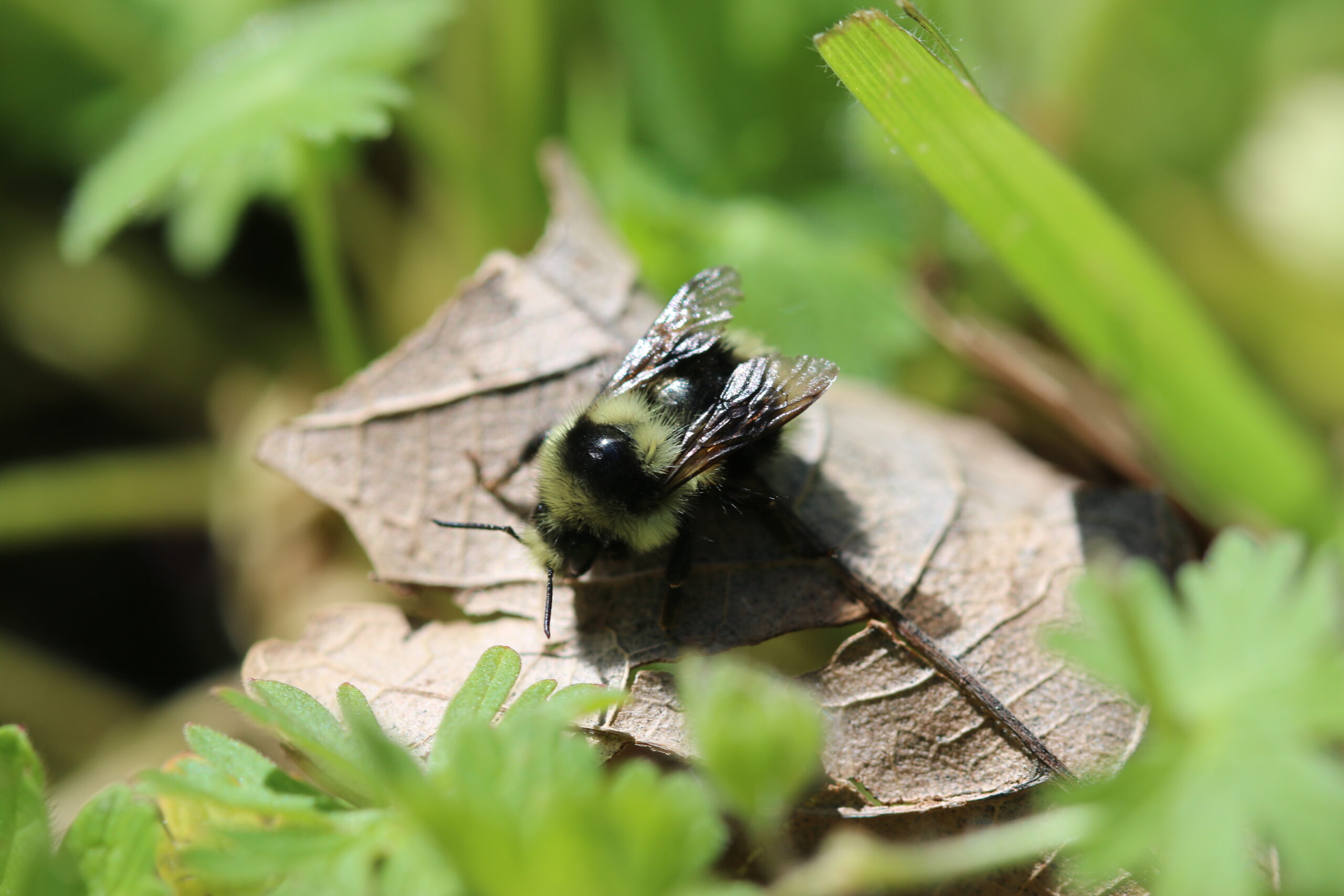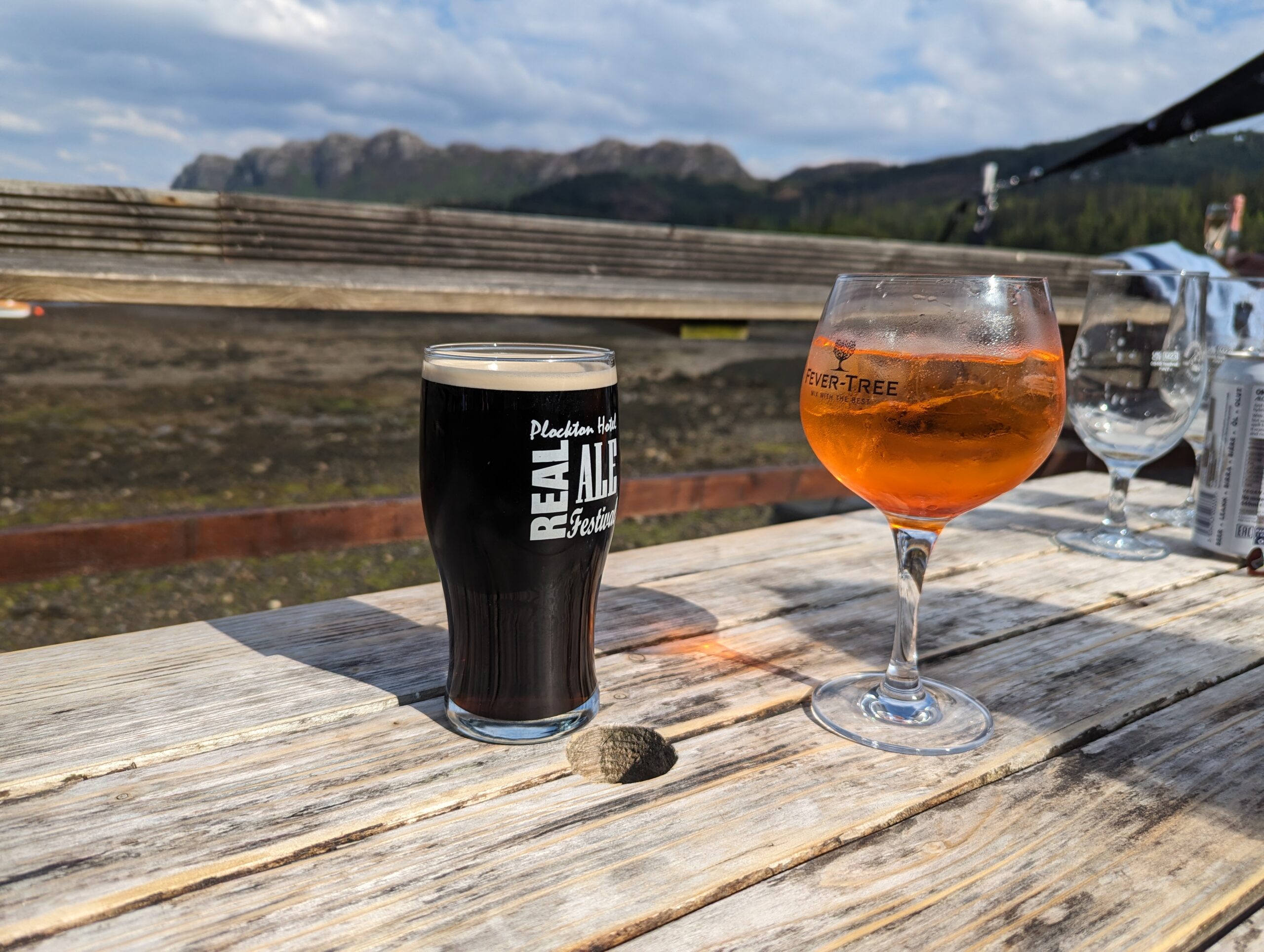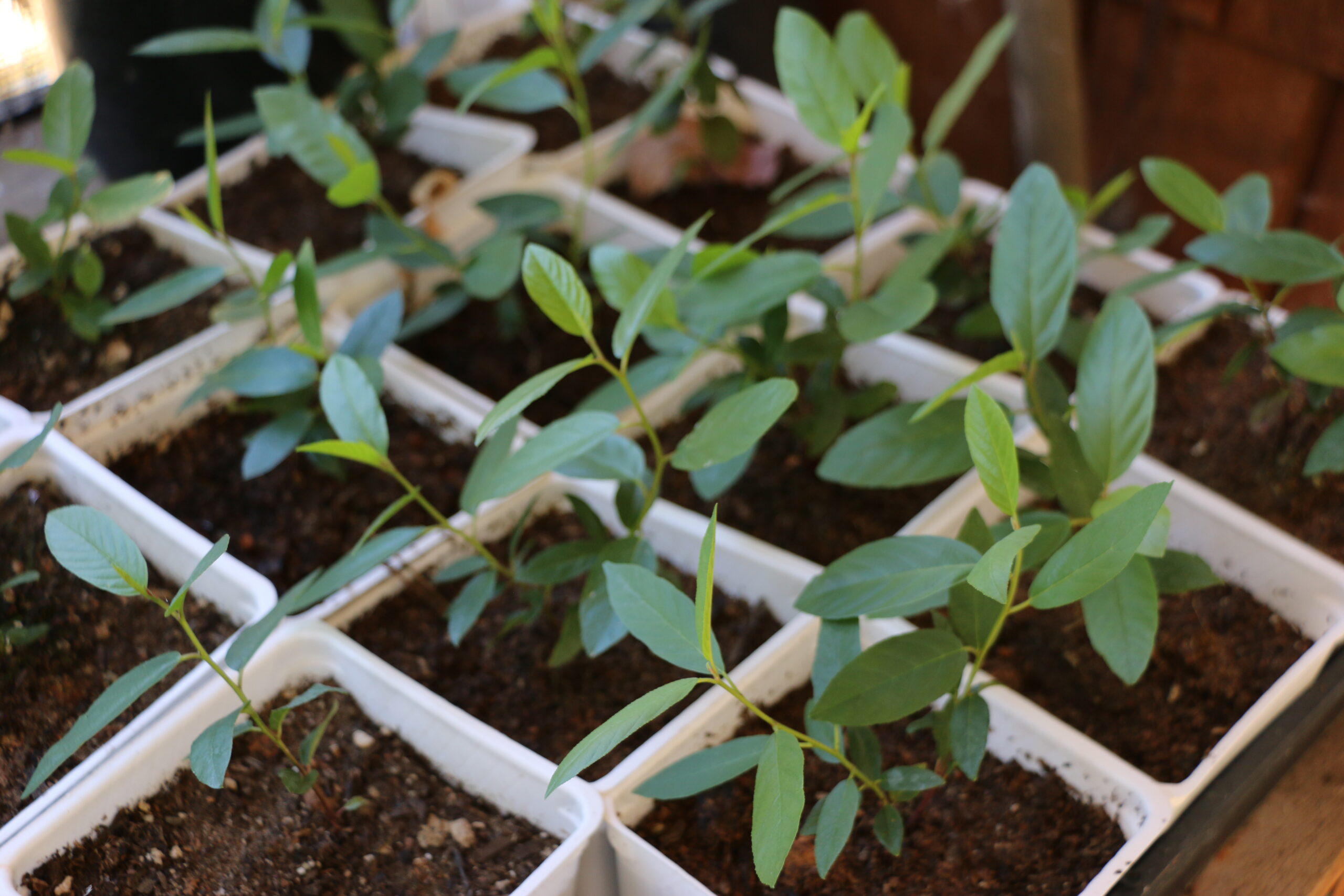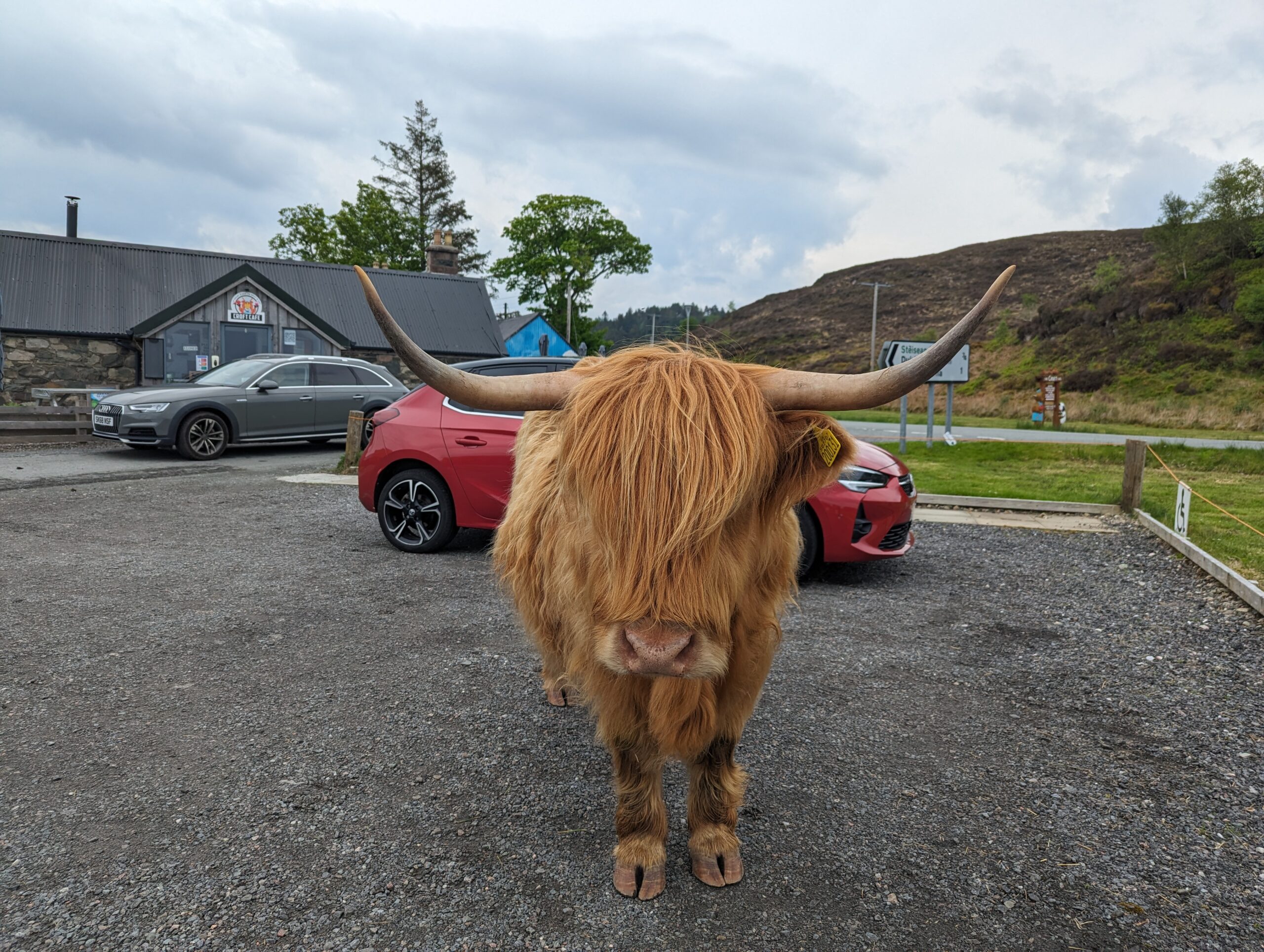Sunday, April 7, 2024
Typical April – three days ago we were having warm, spring-like weather only to wake up Friday morning to snow, Saturday freezing temperatures and now today we’re back to spring with a light but steady breeze and temperatures heading to the mid-70’s by Thursday. The fruit trees didn’t mind the cold weather at all and are in full bloom – I think it’s about the best bloom we’ve had since they were planted.
Although honeybees are scarce right now, the native bumble bees are out in spite of the cooler weather. They don’t seem interested in the pear or cherry trees, but they do like the low flowering groundcover that blankets the ground below the trees. Geranium pusillum (small-flowered cranesbill) is a native to Europe that has established itself quite happily, in our area at least.
As I’ve grown older my love of native plants has rekindled. When I was in the forest service one of my favorite jobs was hunting our endangered species and documenting their location and populations. It taught me to look for and understand ecosystems and where certain species of plants like to live. When I left to work for a landscape company my interests changed over to plants that were selected for the home landscape regardless of the natural origin or native environment. California gardening at that time (1980’s) was heavily influenced by landscapes of the east coast, England and Japan.
Now I see that idea is shifting back to plants that are more adapted to our climate and that require less water and intervention on our part. Water restrictions influence species selection, but it’s more than this. I see an inherent beauty in our native species, and frankly, if I can have the garden I want without the need for long-term irrigation, then that works for me!
An added bonus is that many wildflower species have made a come-back since I don’t mow as often – letting the landscape go wild.
Right now, the Ceanothus is coming into bloom, Aesculus (horse chestnut), is sending up their flower spikes redbud (Cercis spp.) is in full flower. Wildflowers are showing up on shady, north facing slopes.
Our native garden attracts native insect species as well. Native insects like native plants – especially if you’re a pollinator. The pipevine swallowtail butterfly only lays its eggs on the California pipevine plant (Aristolochia californica). This means it is highly susceptible to habitat destruction and fragmentation. To reintroduce native plants goes a long way to saving and helping to repopulate native insects, insects that we benefit from.
Emily Murphy talks about this in detail and with great passion in her book “Grow Now!”
Weather permitting, at the end of the day I like to walk to the highest part of our property where I’ve built a small wooden platform and placed a comfortable old chair that rocks just enough to be enjoyable. Typically, I’ll go alone, watch the sunset and the different birds that visit and simply enjoy the peace and quiet of the later afternoon.



